Cats are fascinating creatures, renowned for their curious and cautious nature. Yet, their fear of ordinary things can baffle even the most seasoned cat owner. From seemingly innocuous household items to everyday occurrences, cats appear convinced that the world is full of hidden dangers. Here are 13 ordinary things that cats are hilariously certain will lead to their untimely demise.
1. Vacuum Cleaners

To a cat, the vacuum cleaner is the ultimate nemesis. This loud, unpredictable machine roams their territory, seemingly intent on causing chaos. The moment it rumbles to life, cats will scatter, often seeking refuge in the highest or most inaccessible places they can find. It’s a spectacle of feline terror that plays out in homes across the world.
According to a study published in the Journal of Applied Animal Welfare Science, the sound frequency and vibrations emitted by vacuum cleaners resemble those of predators in the wild, triggering a cat’s innate fight-or-flight response. This explains why even the most laid-back cats will transform into a bundle of nerves when confronted with a vacuum cleaner. While amusing to us, it’s a serious affair for our feline friends.
2. Cucumbers

You’ve probably seen viral videos of cats leaping into the air at the sight of a cucumber placed stealthily behind them. While it seems bizarre, this reaction taps into a cat’s startle reflex, a survival instinct designed to protect them from potential threats. The sudden appearance of a long, green object resembles a snake, one of their natural predators.
Understanding this helps explain why your furry companion seems to have an irrational fear of salad ingredients. They’re not being dramatic; they’re simply wired to be cautious. Providing them with a safe, predictable environment can help reduce stress triggers like these.
3. Doorbells

For many cats, the sound of the doorbell heralds impending doom. It’s an unwelcome disruption that signals the arrival of strangers or, worse, the potential for being whisked away to the vet. The once serene home becomes a battleground of anxiety, with your cat scrambling for cover.
A study in Animal Cognition found that cats are highly sensitive to changes in their auditory environment, which can explain their aversion to sudden noises like doorbells. While you might roll your eyes at their dramatics, it’s worth considering how to acclimate your feline to such sounds. Perhaps start with quieter alerts or reward them for staying calm.
4. Aluminum Foil
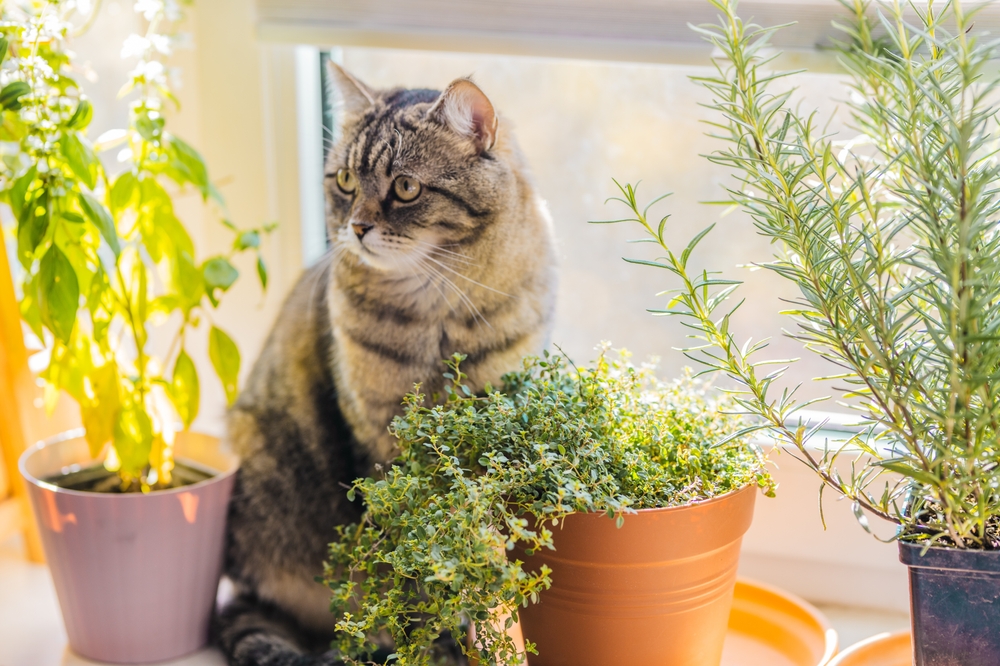
Aluminum foil may be a household staple for you, but to many cats, it’s a source of profound distress. The crinkling sound it makes is unnerving, and the reflective surface can be visually overwhelming. Lay a sheet of foil on the counter, and your cat will likely think twice about jumping up.
This peculiar aversion is often exploited by pet owners to keep cats off certain surfaces. While effective, it’s important to ensure your cat’s environment remains comfortable. Creating designated spaces for them to explore without encountering these “hazards” can reduce stress.
5. Shadows
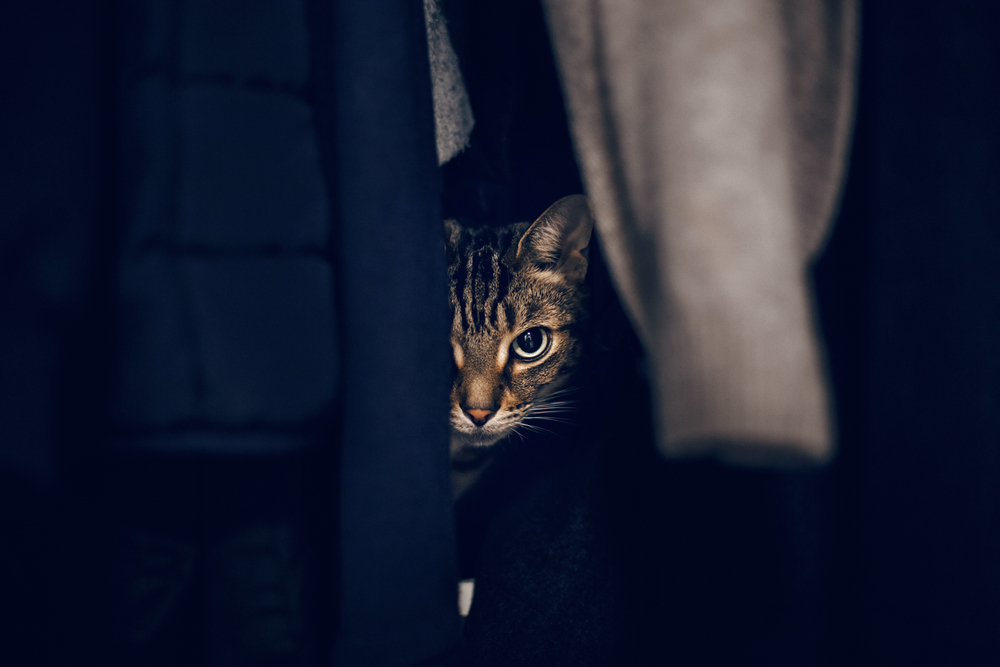
The appearance of unexpected shadows can spark a cat’s imagination in the most fearsome of ways. What to us is a mere alteration in light can become a lurking predator in the eyes of a cat. They may chase, flee, or simply watch these shadows with wide-eyed suspicion.
Research from Behavioral Ecology demonstrates that cats’ natural hunting instincts are triggered by movement, including that of shadows. This explains their heightened awareness and occasional paranoia in response to these ordinary occurrences. Understanding this can help you create a more tranquil environment by minimizing sudden light changes.
6. Water

Cats famously abhor getting wet, a fact that contributes to their loathing of water in almost any form. Whether it’s the dreaded bath or an unexpected splash from a faucet, water is often perceived as a threat to their independence and cleanliness. Their meticulous grooming habits make the thought of being drenched particularly distressing.
Still, not all cats are hydrophobic. Some breeds, like the Turkish Van, actually enjoy water and may even take a dip willingly. Knowing your cat’s personality and preferences can help you manage their exposure to water, reducing unnecessary stress.
7. Plastic Bags
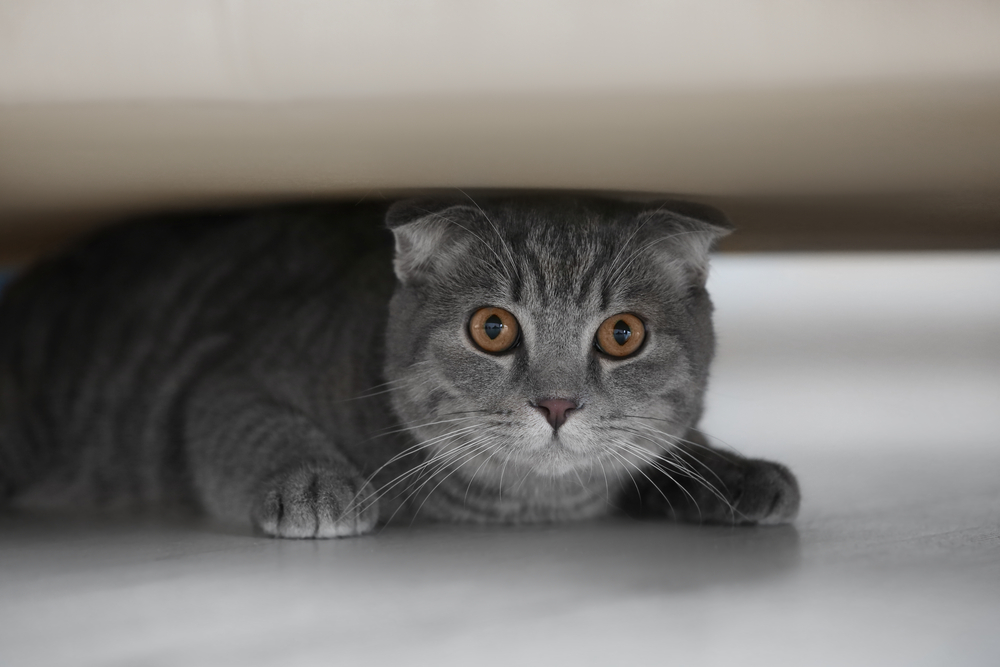
The sound of a plastic bag can send many cats into a frenzy. This crinkling noise is often associated with danger, evoking a primal response. It’s not that they fear being suffocated by a bag—it’s the unexpected sound and texture that put them on edge.
A study in Current Biology highlights that cats have an acute sense of hearing, able to detect frequencies beyond human capability. This sensitivity may explain their adverse reaction to plastic bags. To keep your cat at ease, it’s wise to store bags out of reach and offer alternative toys that don’t produce alarming sounds.
8. Ceiling Fans

The sight of a ceiling fan in motion can be particularly unsettling for cats. To them, it might resemble a large bird or other predator circling overhead. As creatures of instinct, cats are naturally wary of anything that appears to hover menacingly above them.
While ceiling fans provide comfort for humans, they can be a source of anxiety for your feline companions. If your cat seems agitated by a fan, try to limit its use in their primary living spaces. This small adjustment can contribute to a more peaceful and less stressful home environment.
9. Balloons

Balloons are the epitome of unpredictability for a cat. They float mysteriously and can pop without warning, creating an environment rich with potential hazards. A balloon’s unusual behavior can provoke both fascination and fear in equal measure.
The curious nature of cats means that while they might be drawn to investigate a balloon, their cautious side is always on high alert. Keeping balloons out of reach is a simple way to prevent unnecessary stress, allowing your cat to enjoy their space without the looming threat of an explosion.
10. Loud Music
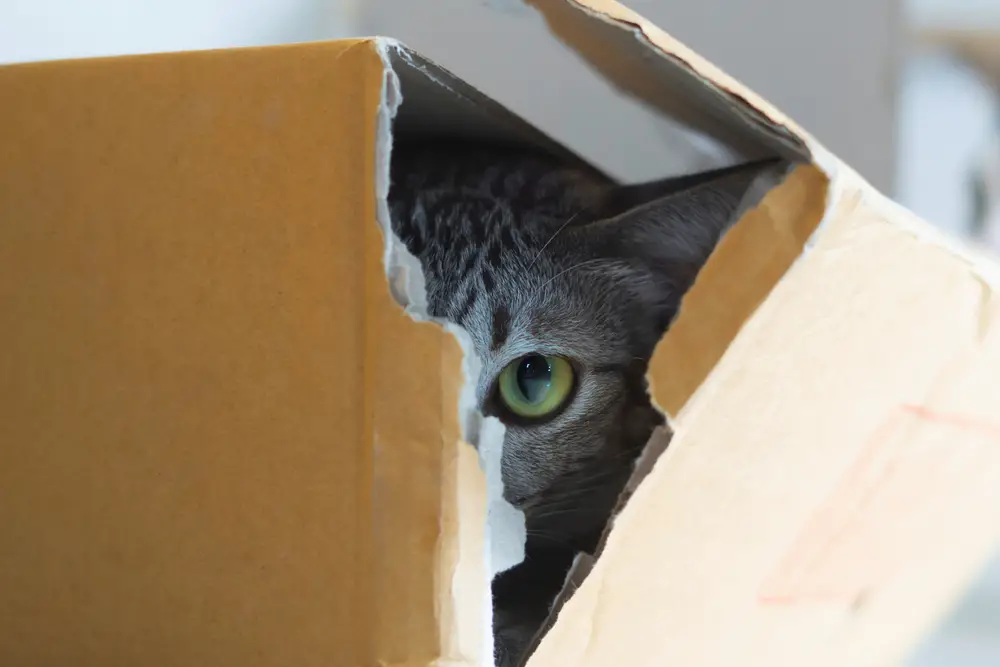
While you might find solace in your favorite playlist, your cat may not share the same sentiment. Loud music can be distressing, as cats’ ears are finely tuned to pick up on a range of sounds far beyond human hearing. The thumping bass and high-pitched notes may feel like an auditory assault.
To create a harmonious home for both you and your feline companion, consider keeping the volume at a level that is comfortable for them. Soft, soothing music can even have a calming effect, helping to maintain a sense of tranquility.
11. Hairdryers
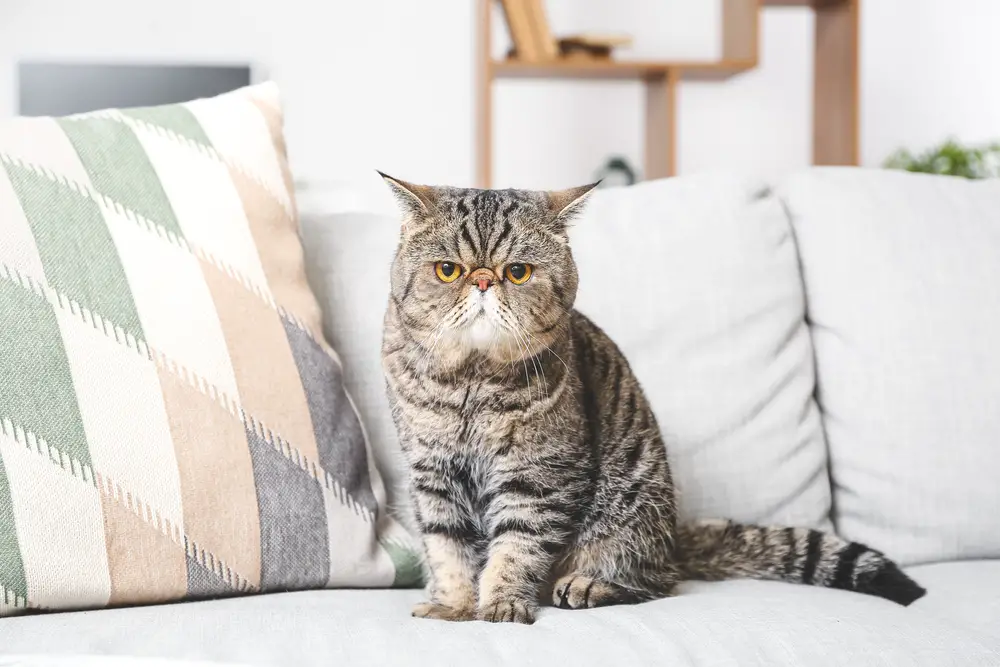
The roar of a hairdryer is another foe in a cat’s world. Its sudden blast of hot air and noise makes it an object of dread. This aversion is not merely about the sound; the sensation of air on their fur is equally distressing.
For a cat that prides itself on control, a hairdryer represents chaos. If you must use one, try to do so in a different room, sparing your feline the unnecessary stress. Alternatively, let your hair air-dry whenever possible, offering peace for both you and your cat.
12. Mirrors

Mirrors pose a unique challenge for cats, as they reflect an unexpected and unfamiliar “feline intruder.” This can lead to confusion and agitation, with your cat unsure how to react to their own reflection. Some might react defensively, while others may simply be intrigued.
The mystery of mirrors often wears off with time, but it’s an amusing phase to witness. If your cat seems particularly stressed by their reflection, consider covering mirrors or introducing them gradually. This allows them to adjust without feeling threatened.
13. Thunderstorms
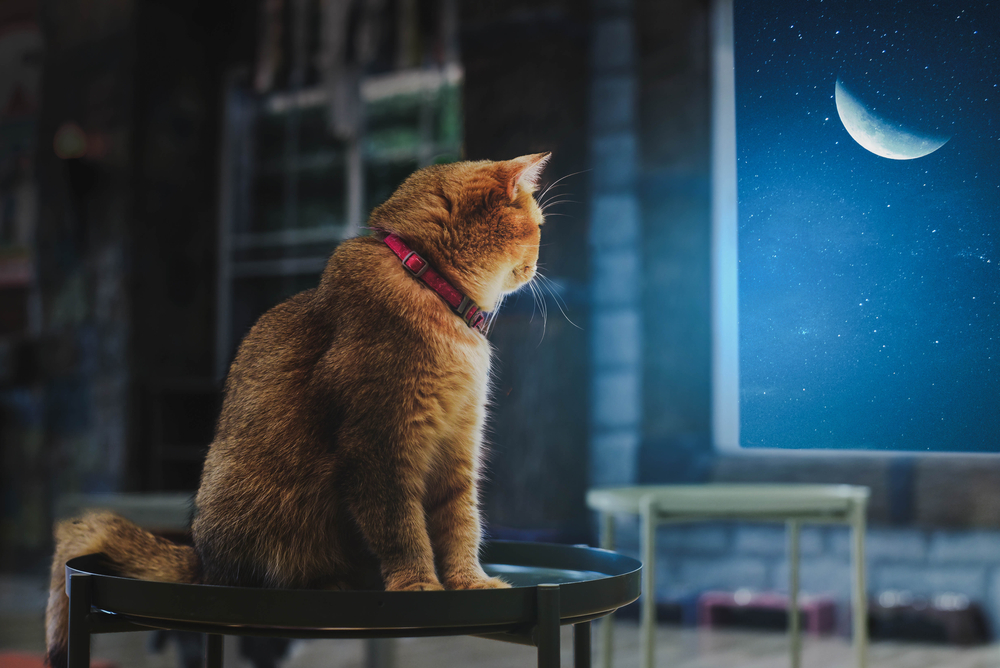
The rumble of a thunderstorm is a terrifying event for many cats. The combination of loud noises, flashes of light, and changes in atmospheric pressure can overwhelm their senses. Cats may hide, become clingy, or display signs of distress.
During a storm, providing a safe, quiet space can help your cat feel secure. Offering comfort and being present can also soothe their nerves, reminding them they’re not facing the storm alone. While these fears may be irrational to us, they are very real to your cat.
